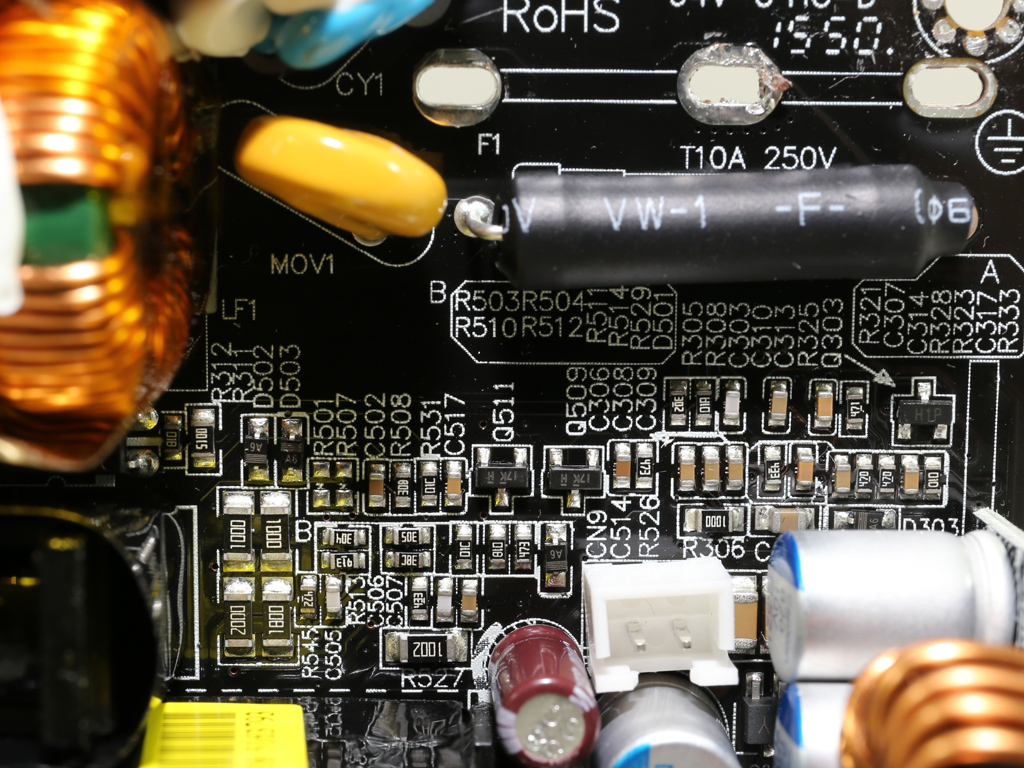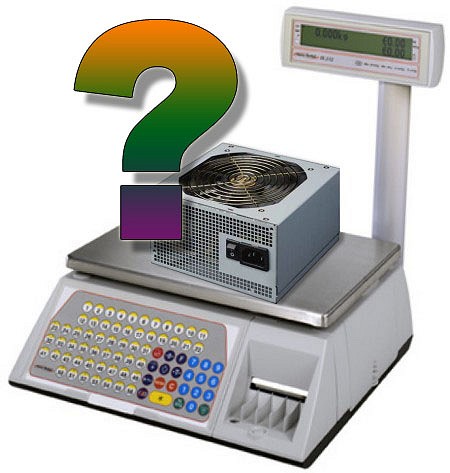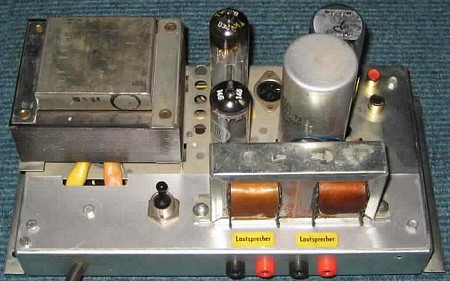Picking The Right Power Supply: What You Should Know
How does a power supply work? Why is it important to choose a sufficiently powerful and efficient model? We guide you through discussions of efficiency and tips for getting the best deal before we go on to explain why less can be more in the PSU market.

Brought To You By Granny’s Radio
Why you can trust Tom's Hardware
This piece is for the folks who'd like to learn more about the facts, technologies and terminology behind PC power supplies. If you'd really like to dig deep, then we suggest also checking out our PSU 101 article.
Keeping The Explanation Simple
Don't worry, this won’t be complicated or boring. We’ll just quickly explain how a switching PSU works, then use examples to illustrate some of the most common technical issues. We’ll explain what efficiency, loss and reactive power mean, and why those words are relevant to you. Then we’ll look at the possible and (more importantly) necessary protective measures before applying theoretical knowledge to practical examples.
Practical Examples
Big versus small, efficient versus high-performance; we're going to examine three different PCs based on a trio of different usage models, calculate the power supplies they really need, and then explain the right class of PSU to use in them based on quality and long-term environmental impact.
The Frequency Trick
Remember those ancient radios with the vacuum tubes? They were massively built and tended to be clunky and heavy. However, it wasn’t just the wooden frame contributing to their weight. The massive transformers inside were a major factor as well.
Even back then, clever engineers were taking advantage of a neat physics trick that would later come to be used in every modern switching power supply. In order to convert a high alternating current into a low one and achieve galvanic separation of currents, they used normal, albeit powerful, transformers with a core made of iron plates.
While a mains frequency of 60Hz required a comparatively large transformer, the so-called output transformers that delivered much higher low-frequency signals between 100Hz and 16kHz could be built much smaller while handling the same power. By aggressively capping the frequencies at the lower end of the spectrum, it was possible to increase the power that could be handled by a transformer of the same size. With the invention and subsequent introduction of new components, such as powerful switching tubes and, later, semiconductors using the same underlying physical principle, this advantage was carried over into other fields.
And How Does That Apply To My PC?
Due to the requirements of modern computers, a conventional transformer-based PSU is no longer capable of converting the mains power into the low voltages required by PC components. The transformer required for the job would be too large and consequently far too heavy. Instead, we use switching power supplies that employ the same frequency trick as the good old tube radio. Their job is to provide the required voltages and currents as efficiently as possible, while also reliably maintaining those levels. Analog (linear) solutions are no longer viable. Instead, we now rely on transistors as switches to convert the mains power into higher frequencies, allowing us to use smaller transformers to transmit high power levels. Indeed, this is where the term “switching power supply” comes from. Don’t worry, it’s simpler than it sounds.
Current page: Brought To You By Granny’s Radio
Next Page How A Switching Power Supply WorksGet Tom's Hardware's best news and in-depth reviews, straight to your inbox.

Aris Mpitziopoulos is a contributing editor at Tom's Hardware, covering PSUs.
-
abryant Archived comments are found here: http://www.tomshardware.com/forum/2916-56-picking-power-supply-knowReply -
pjmelect A few more words about active power factor correction. APFC won't save you money on your electric bill although the electric companies will love you for it as it minimizes loss over the power lines saving them money, it does however enable you to use a much lower rated battery backup system. A hypothetical example a computer that uses say 200W without APFC would require a backup system of 700W or much more to cope with the large peaks in current where as a power supply with APFC would require a backup system of 250W or so.Reply
Therefore APFC is only worthwhile if you were to use it with a battery backup system. -
turkey3_scratch Very well written article! Just one thing. You say:Reply
Regardless of whether the PC is idling or under full load, voltages may not deviate from their spec by more than five percent according to the ATX spec.
But the ATX specification seems to disagree. According to the spec, full load or "peak loading" allows 10% deviation from the nominal voltage for the 12V rail.
http://www.formfactors.org/developer/specs/Power_Supply_Design_Guide_Desktop_Platform_Rev_1_2.pdf
Also, Q about the power factor correction. It's probably the most difficult topic to understand. In this case, you say the load would be anything that used power. Are you talking about hardware like a GPU or the internals of the PSU like capacitors and such? Also, say the computer is putting load on the PSU. How is there idle current then? -
jossrik There have been quite a few instances in the past where you could get an XFX PSU 550w or so for 40$ or less with rebates. I know compared to more modern PSUs they may not stack up, but they used to be pretty decent. Ya, more often than not, the cheaper the PSU the worse the quality, but you really do need to do your homework.Reply
Budget PSU
https://www.youtube.com/watch?v=Ezk9OA7aKOE -
Aris_Mp The newest ATX spec defines 5% at peak load as well. The 10% is only for the -12V rail which is now optional. The newest ATX spec is confidential (dont know why)Reply -
cats_Paw While I can understand that having a beefy power supply on idle state wont be too efficient, its on loads where you want it as efficient as possible.Reply
Somehow, having a low efficiency under a 65W load is less expensive than low efficiency at 500W load, go figure :D.
-
cats_Paw In all fairness, a PC is not a self-maintenance Robot.Reply
If you want a PC to last a good 10-15 years you need to take care of it:
Clean dust, replace fans when they fail, replace thermalpaste, check your temperatures from time to time, not turn it on-off-on too fast, keep your Hard drives with some spare space and defraged if they are HDDs....
There is quite some work for a PC to keep their form, but its not like a human can lay down in bed eating cheese and drinking cola looking like a model either.
PSUs however have this strange aura of magic around them since some people vastly overestimate what power supply they need (I got a 700W TT one for a load of 320, go figure) and others buy things that are simply bad products, no matter how high the W are.
I did once burn a PC due to a bad PSU (and I even OCed the damn PC, went down in smoke.. I gotta say it was quite fun, but expensive), so I stay on the safe side (I just simply add an extra 20% for 12v rail amps as long as the price of a quality supply is not doubling).

